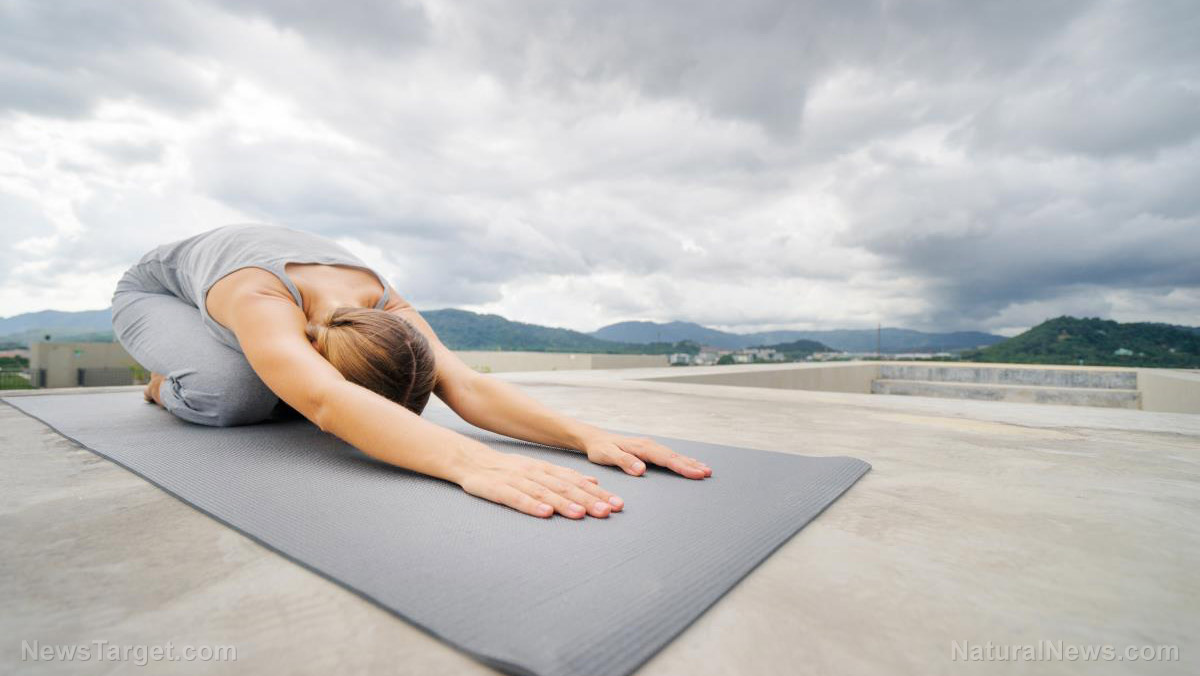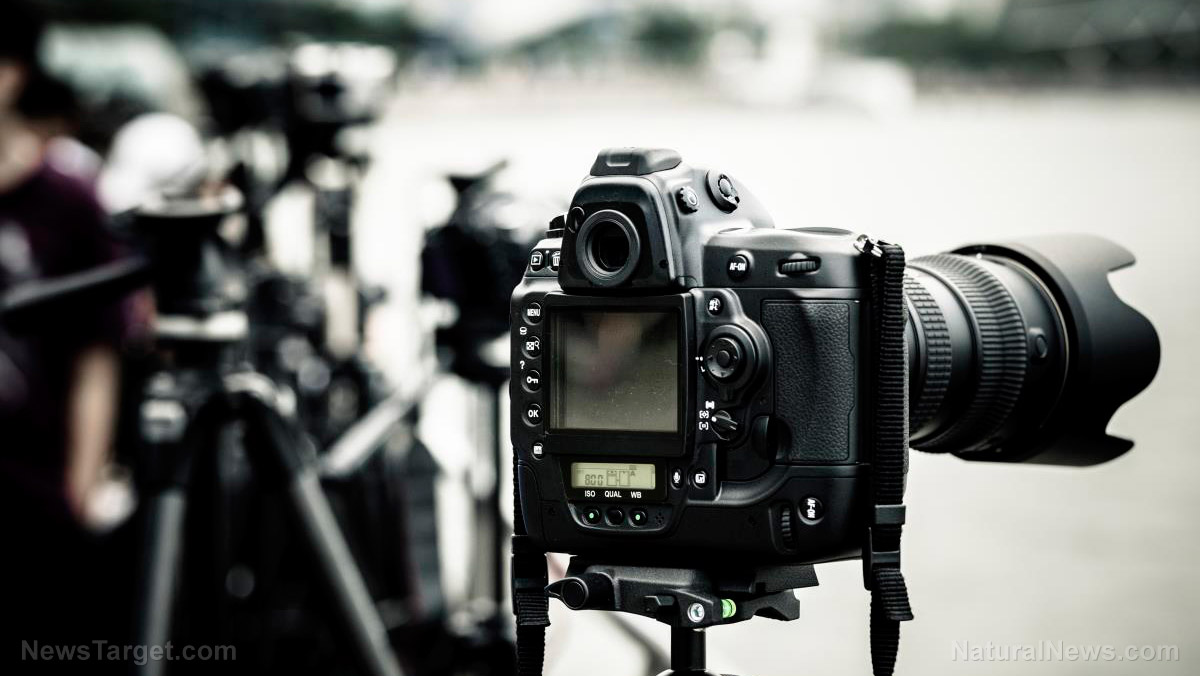Two lesser-known techniques that really stop panic attacks
08/14/2018 / By Zoey Sky

If you suffer from panic attacks, you’ll know that it can be difficult to find effective ways that can help you deal with this condition.
In fact, popular panic attack solutions may not always be helpful. But there are two effective techniques that deserve more attention.
What’s a panic attack and why does it happen?
At least six million people in the U.S. suffer from panic attacks yearly. A panic attack involves an intense feeling of fear that happens even if you aren’t in any real danger. These “attacks” may occur randomly without any apparent trigger, and people who repeatedly experience panic attacks may have a panic disorder.
Every person has an “alarm system” called the sympathetic nervous system. When you’re in a situation that seems dangerous, the sympathetic nervous system triggers the stress response: your heart will race, you’ll breathe faster and shallower, and blood will travel from your organs to your limbs so you can either fight or flee the danger.
The cause of panic attacks remains unknown, but they can be triggered by extreme stress. Typical stressors include major life changes like getting married or starting a new job.
Once the stress response begins, a person starts breathing fast and shallow. Since not enough blood and oxygen reach your brain, you will start to hyperventilate or “over breathe.” This can decrease the carbon dioxide levels in your blood which can cause several symptoms of panic attacks. Panic attacks can also have a genetic component since the condition is hereditary.
When left untreated, recurrent panic attacks may cause anxiety that can trigger another episode. You can even develop agoraphobia, an intense fear of being in public places.
Health conditions linked to panic attacks
Sometimes, panic attacks are linked to underlying medical conditions like:
- Low blood sugar or an overactive thyroid – This can worsen anxiety and increase your tendency to panic.
- Mitral valve prolapse – A condition that occurs when a heart valve doesn’t close properly.
- Using recreational stimulants – This includes caffeine/coffee.
- Withdrawal from substances (e.g., prescription drugs) – This can trigger panic.
Consult your physician if you believe these conditions are contributing to your panic disorder. (Related: How Yoga & Meditation Helps Deal with Panic Attacks.)
Symptoms of a panic attack
If you have a panic attack for the first time, you may be overwhelmed because they can be very scary. But everyone experiences a panic attack in their own way, and several emotional and physical symptoms are linked to the condition.
Fear is a major feeling caused by panic attacks, and you may feel like you’re losing control, going crazy, or even that you’re dying. Other people may experience depersonalization, which is the sense that your thoughts or feelings aren’t real.
The physical symptoms of panic attacks may include:
- Chest pain
- Chills or hot flashes
- Dizziness
- Nausea
- Numbness or tingling
- Pounding heart
- Shortness of breath
- Sweating
- Tightness in the chest, throat, or stomach
- Trembling
Tapping and breathing exercises
Some people suggest anti-anxiety medications for panic attacks, but they can be addictive. These drugs are even linked to various negative side effects.
If you don’t wish to take medication for your panic disorder, try a technique called tapping. Tapping, or Emotional Freedom Technique (EFT), is a type of acupressure that uses fingertip taps instead of needles.
Data shows that tapping can help by “turning off the stress response, reducing levels of cortisol, balancing neurotransmitters and hormones, reducing muscle tension, and altering brainwave activity.” Tapping is an easy technique to learn, and you can do it anywhere. It also has a very high success rate, which can be improved by working with a certified EFT professional.
Another technique that can help stop a panic technique is alternate nostril breathing. This is a yoga breathing technique that is also known by the Sanskrit name Nadi Shodhana Pranayama.
According to research, consciously controlling your breathing using this technique can reduce stress and anxiety since it helps activate the parasympathetic nervous system, which is responsible for triggering the relaxation response. This response can re-balance your body after the stress response has been triggered.
To perform alternate nostril breathing, follow the steps below:
- Push a thumb or finger on the side of one nostril to close off the air.
- Slowly inhale through the open nostril for a count of five.
- Pinch the other nostril and breathe out slowly.
- Repeat the steps on the opposite nostril.
- Repeat all the steps for the duration of your panic attack.
Instead of using medication that may have adverse side effects, try tapping or alternate nostril breathing to stop your panic attacks.
Learn about other effective techniques that can help stop panic attacks at Mind.news.
Sources include:
Tagged Under: Anxiety, anxiety relief, brain function, breathing exercises, destressing, mental health, mind body science, panic attacks, remedies




















